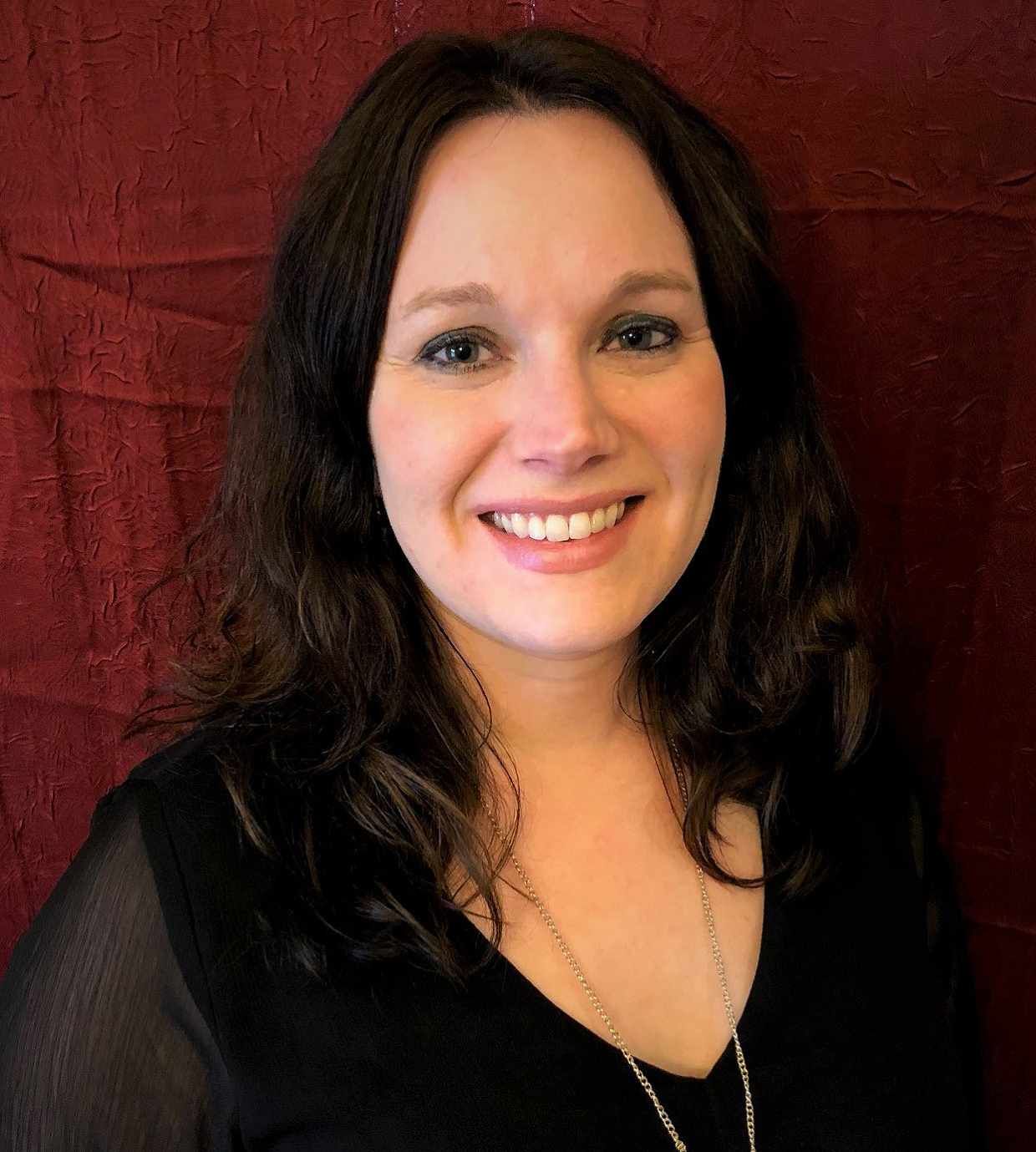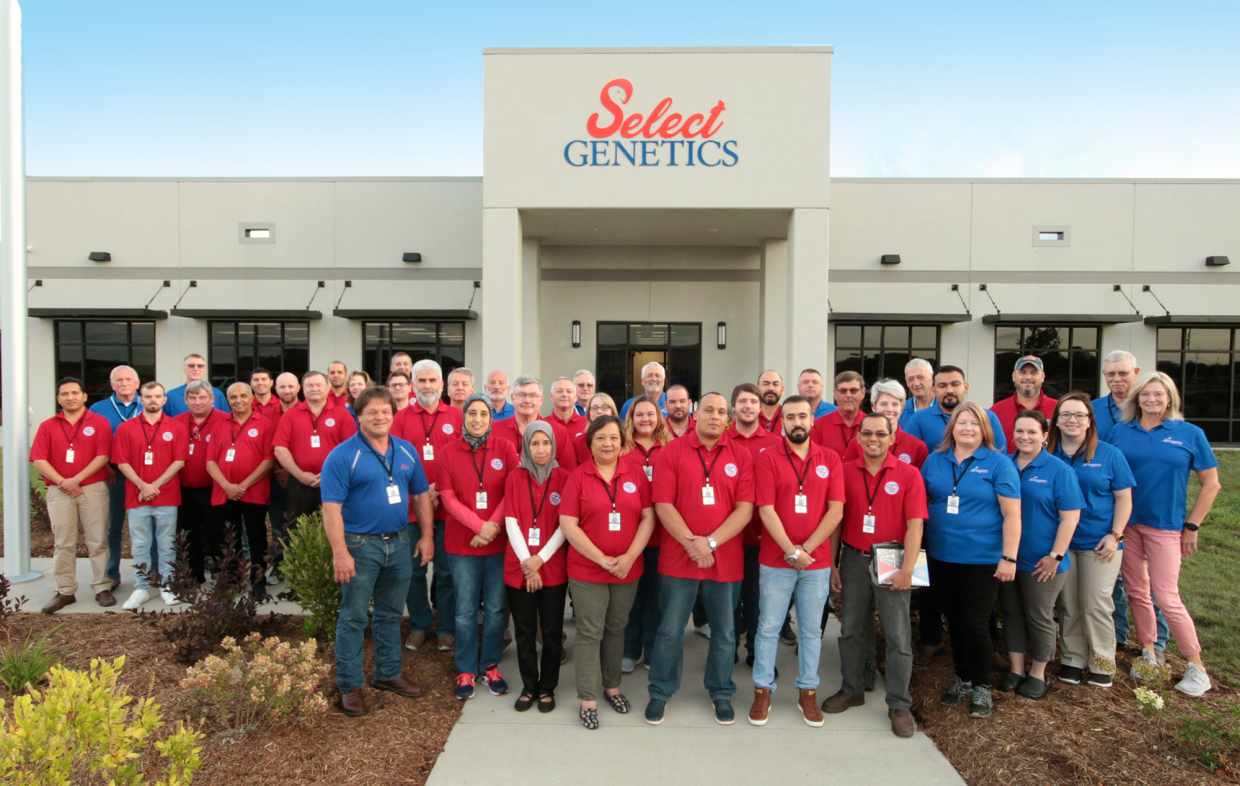A Day in the Life of Michelle Behl, Director of Poult Quality for Select Genetics.

Michelle joined Willmar Poultry Company in January of 2007 as a Hatchery Specialist. She quickly transitioned into a larger technical role encompassing breeders, hatcheries, and commercial poult starts. After the company merged with Ag Forte, Michelle continued to grow in her role and began visiting and providing technical support to the other operations in Missouri, Virginia, and Ohio. The subsequent merger of Ag Forte and Valley of the Moon Commercial Poults to form Select Genetics further developed her career and spread her technical support to North Carolina, Iowa, and Indiana. Select Genetics is a joint venture between Aviagen® Turkeys & Ag Forte.
Michelle is currently the Director of Poult Quality for Select Genetics, but devotes a portion of her time to the Aviagen Turkeys group. Michelle covers technical support for the Turkey Group in the US and internationally. Michelle loves learning about the different cultures and is always excited to add value to our customers worldwide. Michelle concentrates on anything that may impact poult quality and hatchability: breeder nutrition, egg handling, incubation/hatching parameters and embryonic development, poult servicing, poult transport, and brooding. Michelle is based out of Minnesota, but travels frequently to the various locations.
Unlike most people, Michelle knew what she wanted to do in life at a very young age. Her outright enthusiasm and love for poultry has directed her entire life. While in grade school, Michelle began incubating and hatching her own duck eggs, studying embryonic development, and growing her passion for all things with feathers. With that, Michelle found her place and calling in life. Over the years, she continued to pursue her love and went on to earn her B.S, M.S., and PhD in Poultry Sciences.
Typical Day
I wake up and check my phone for urgent emails or messages that came in overnight and respond to pressing matters. When working with individuals all over the globe, I have to try to connect with some of those that are finishing their day as I am just beginning mine. I head to the hatchery and visit with the hatchery manager to see if there is anything that requires immediate attention. I put on my hatchery designated shoes and lab coat and walk to the production area of the hatchery to take a look at poult quality, hatchability, services, and poult comfort. I pay particular attention to the hydration of the bird, the navel, the amount of yolk, and amount of breast muscle, all of which are indicative of egg handling, hatch timing, as well as incubator and hatcher conditions.
Being a technical person by nature I am always looking for ways to improve. I make notes with regards to what I see, the good and the areas in which we can improve. I discuss my opinions and observations with the hatchery manager. I then touch base with the other hatchery managers to see how things are looking in their respective facilities.
After getting back to my desk, I review the final results from the previous day’s hatch from each of our four internal hatcheries and scan the preliminary results and Key Performance Indicators (KPIs) coming in from the current hatch day. These KPIs include moisture loss, number of poults out at 36 hours prior to pull, poult yield, % culls, % hatch of set, % hatch of fertile, and hatch residue breakout information. In addition to the hatch day information, the managers send in their non-hatch KPIs - tray and box temperatures, bacterial monitoring results, servicing QC records, and poult vent temps. Hatch information is sent on a daily basis while all other information is sent weekly. Overall, I am looking for outliers, trends, and % compliance. After analyzing the information and making notes on trends and any KPIs out of compliance, I contact each of the hatchery managers to discuss our thoughts and observations. We then develop any needed corrective action plans.
Later in the day, I prepare for the weekly production call. On the company wide call, we discuss highlights and opportunities for the previous week for each hatchery with regards to challenges faced, poult quality, hatchability, starting mortality, and customer feedback. After the call, I dedicate a portion of my time to writing a technical newsletter on utilizing the black light to assess egg quality and another on utilizing egg audits to help improve poult quality. With the traveling winding down, I have hopes to finalize these newsletters and get these published soon.
Before I leave for the day, I make one more quick loop through the hatchery to make sure nothing stands out or catches my eye. As I walk through and look at the product that is ready to go to our customer, I reflect on the hard day’s work of the team and all that went into those poults. The customers and their expectation are at the forefront of what we do and what drives us to push for the best poult quality possible.

